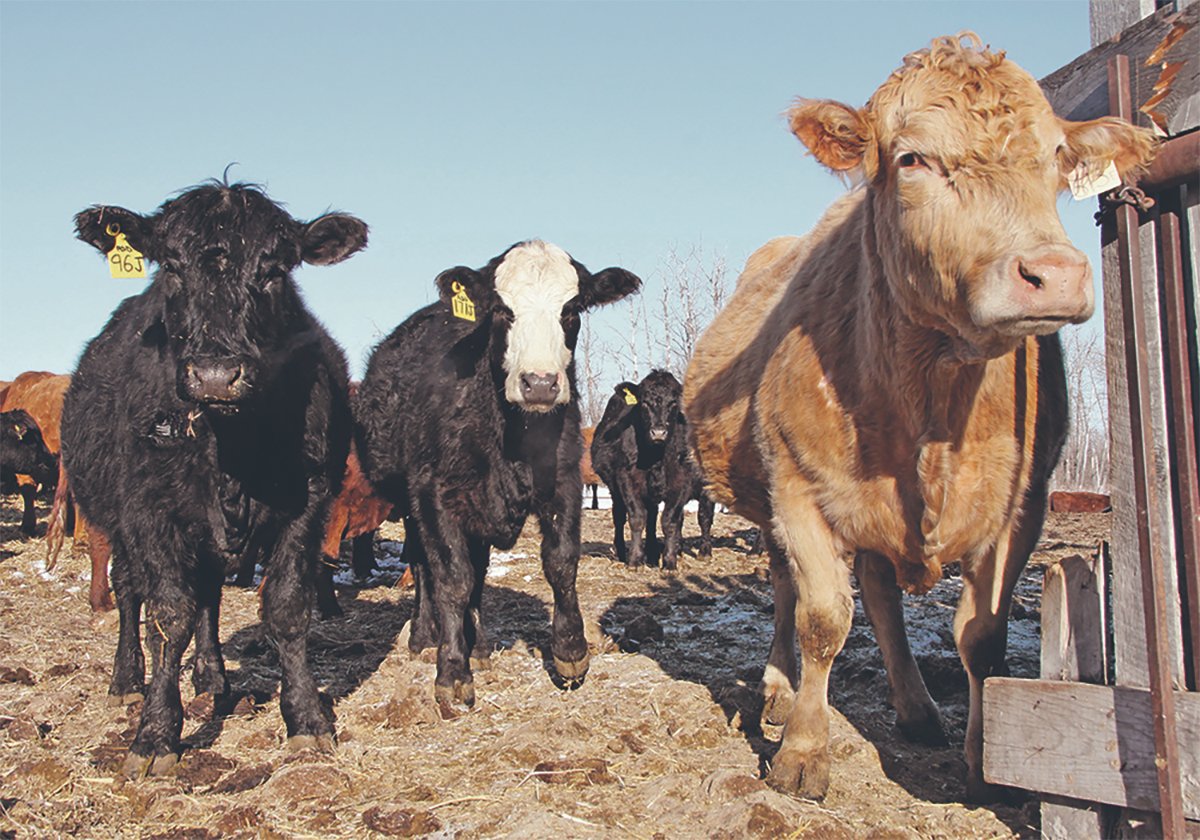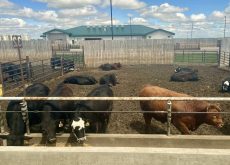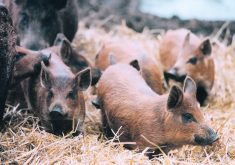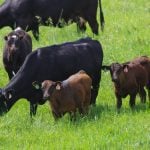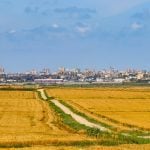REGINA — The Sept. 1 50-cent increase to livestock inspection fees may seem like another hit when everything is going up, but the chief executive officer of Livestock Services of Saskatchewan said producers should consider the value they receive in return.
Inspection fees rose from $2.75 to $3.25 per head and will go up another 50 cents in 2028 after LSS requested the provincial agriculture ministry approve a $1 increase.
A month earlier, the provincial check-off levy also rose by 75 cents per head.
Read Also
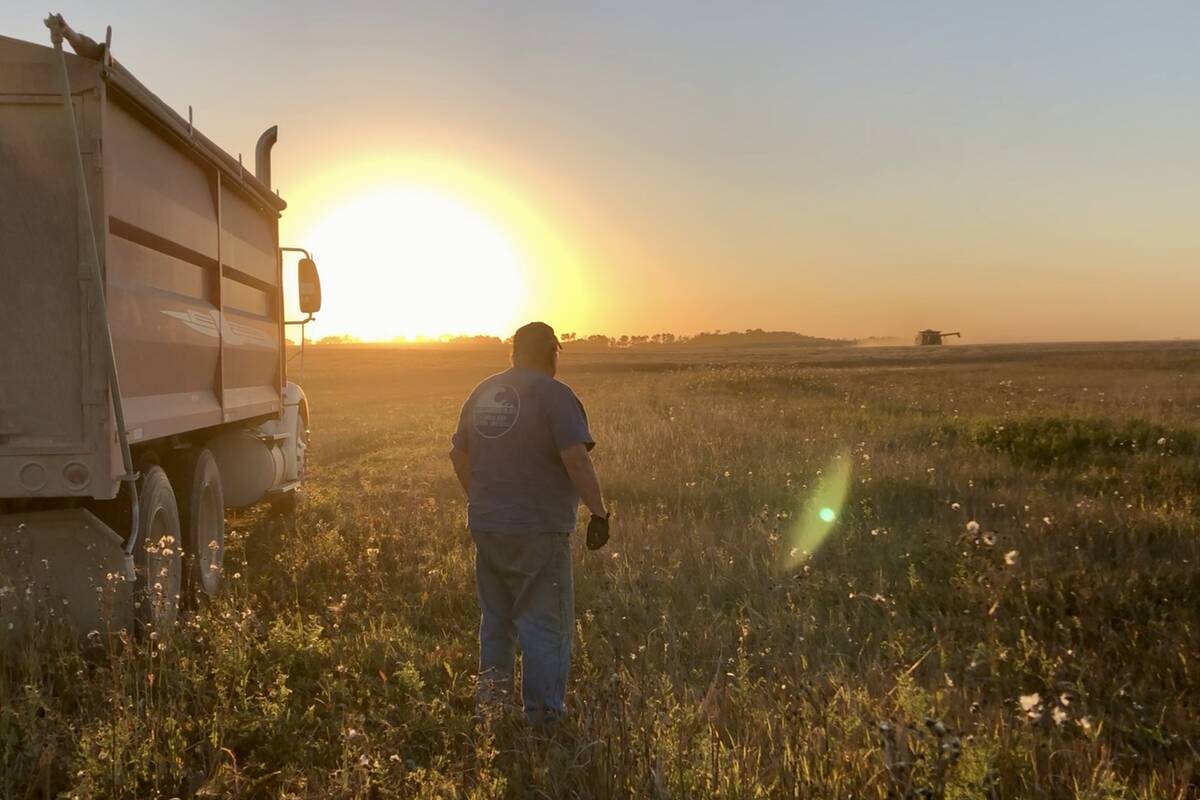
VIDEO: Bittersweet harvest for this family farmhand
Bruce Burnett helps his brother harvest wheat and canola for the last time on the family farm in Manitoba where they both grew up.
The last inspection increase was 75 cents in 2015, right after services were privatized and LSS created. It operates under an administration agreement with the province, and the ministry sets fees by regulation.
Jason Pollock said the LSS board asked for an increase last December after running on a break-even basis the last few years.
He said inflation had put LSS in an unsustainable position, but it still has to be able to attract and retain employees. The organization also has to invest in updating and upgrading its internal database.
Pollock said over the last few years inspection numbers didn’t decline as the cow herd did, which allowed LSS to carry on around that break-even point. He said they found the largest predictor of inspection numbers is cultivated acres versus grass and forage acres, rather than cow numbers.
“Saskatchewan is not a feeding province. It’s a foraging province,” he said.
“The reality is … when there’s grass available, cattlemen find cattle for it.”
However, he also said retention was going to become inevitable.
“When that happened, there was going to be a large sucking sound of our cash leaving us and we would be in a position of not being able to sustain our operations simply because inflation had taken over,” he said.
The LSS board established an operating contingency fund three years ago along with a trigger point for a fee increase.
Pollock said the phased-in increase will challenge the organization to build a reserve fund to refurbish its database.
He encouraged producers to look at the value they receive for their fees beyond an auction mart inspection.
The 2024-25 annual report, for the year ending March 31, shows LSS took in just more than $4.6 million on 1.6 million head, less dealer commission.
However, quantitative benefits to the industry totaled $23.6 million. This includes redirecting proceeds to the correct owners, identifying stray animals, recovery of stolen livestock and more. The largest share was $18.2 million for withholding cattle or proceeds on 7,272 head until clearance was obtained.
The net measurable value is nearly $19 million.
There are also qualitative benefits from inspection, such as access to affordable credit and management of the provincial brand registry, that can’t be definitively valued.
Pollock said the timing of the fee increase is unfortunate, but he said it will allow LSS to continue to provide the value that producers have come to expect.




